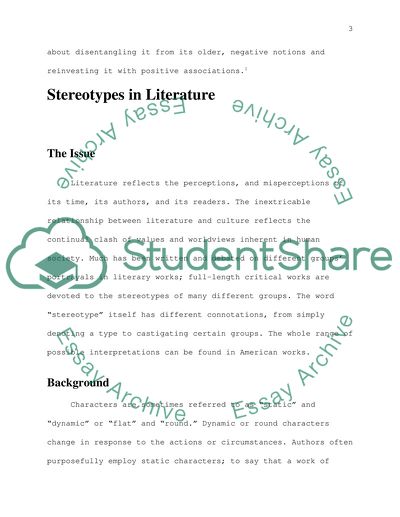Cite this document
(The Politics of Identity in Contemporary Literature Essay, n.d.)
The Politics of Identity in Contemporary Literature Essay. Retrieved from https://studentshare.org/social-science/1720043-what-if-nything-stabilizes-identity-in-the-contemporary-novel
The Politics of Identity in Contemporary Literature Essay. Retrieved from https://studentshare.org/social-science/1720043-what-if-nything-stabilizes-identity-in-the-contemporary-novel
(The Politics of Identity in Contemporary Literature Essay)
The Politics of Identity in Contemporary Literature Essay. https://studentshare.org/social-science/1720043-what-if-nything-stabilizes-identity-in-the-contemporary-novel.
The Politics of Identity in Contemporary Literature Essay. https://studentshare.org/social-science/1720043-what-if-nything-stabilizes-identity-in-the-contemporary-novel.
“The Politics of Identity in Contemporary Literature Essay”, n.d. https://studentshare.org/social-science/1720043-what-if-nything-stabilizes-identity-in-the-contemporary-novel.


